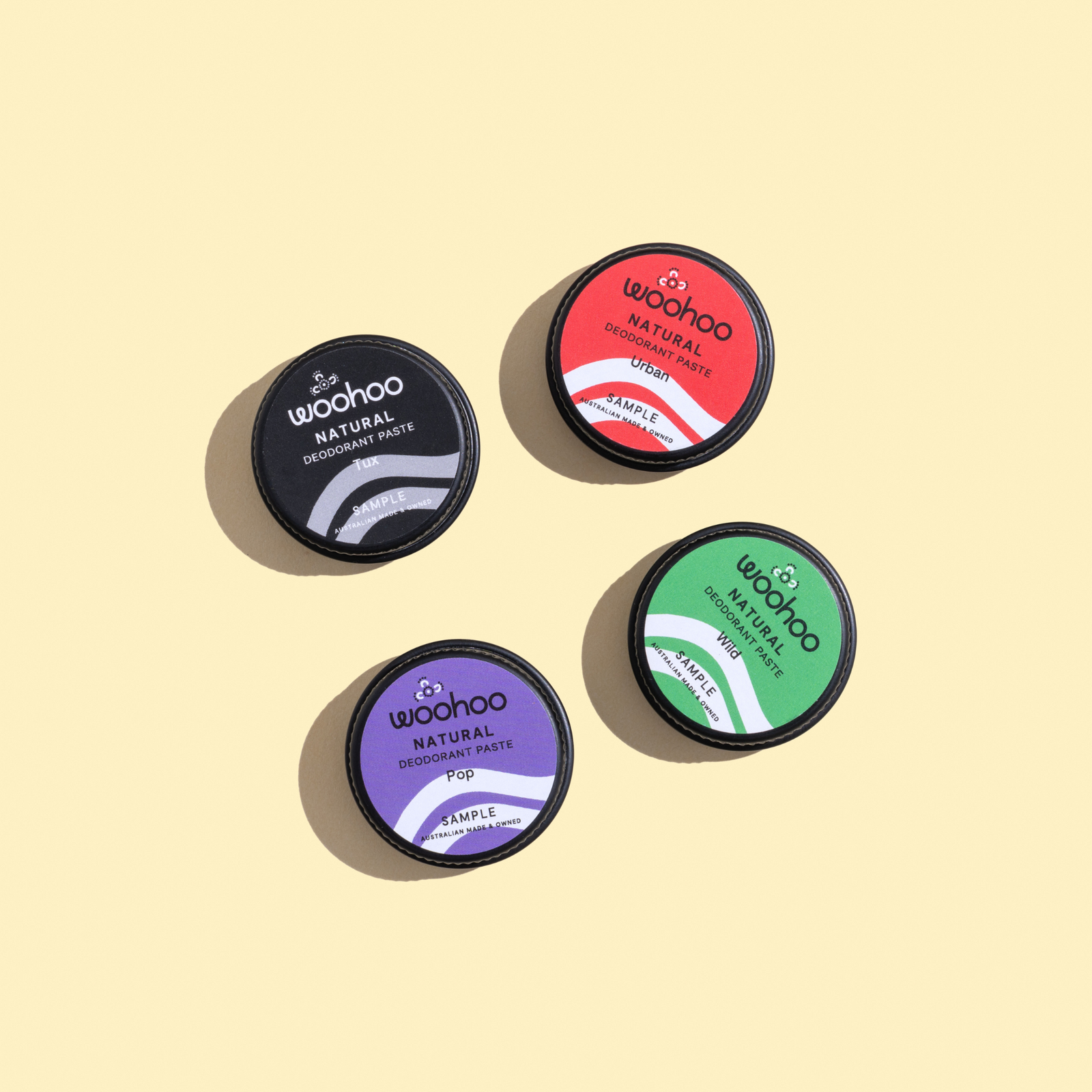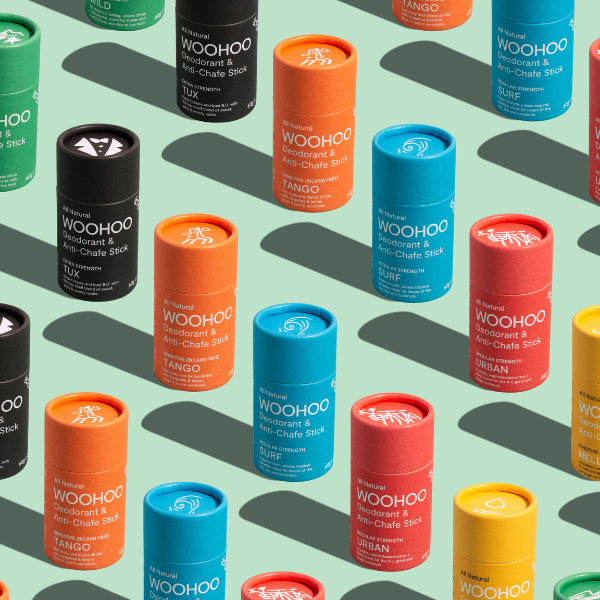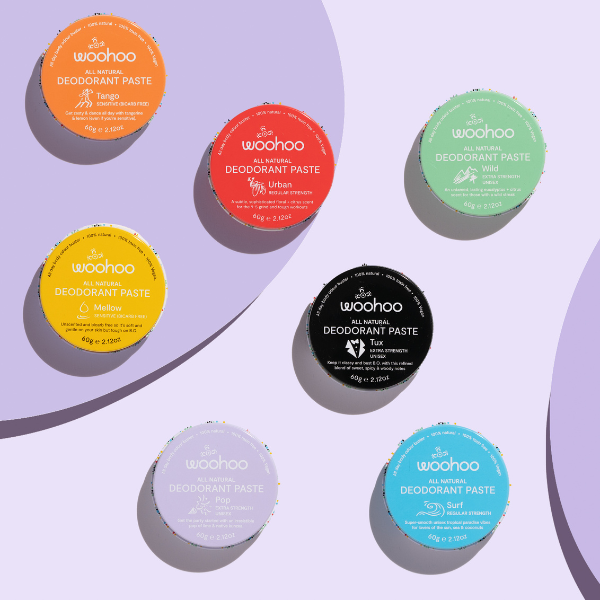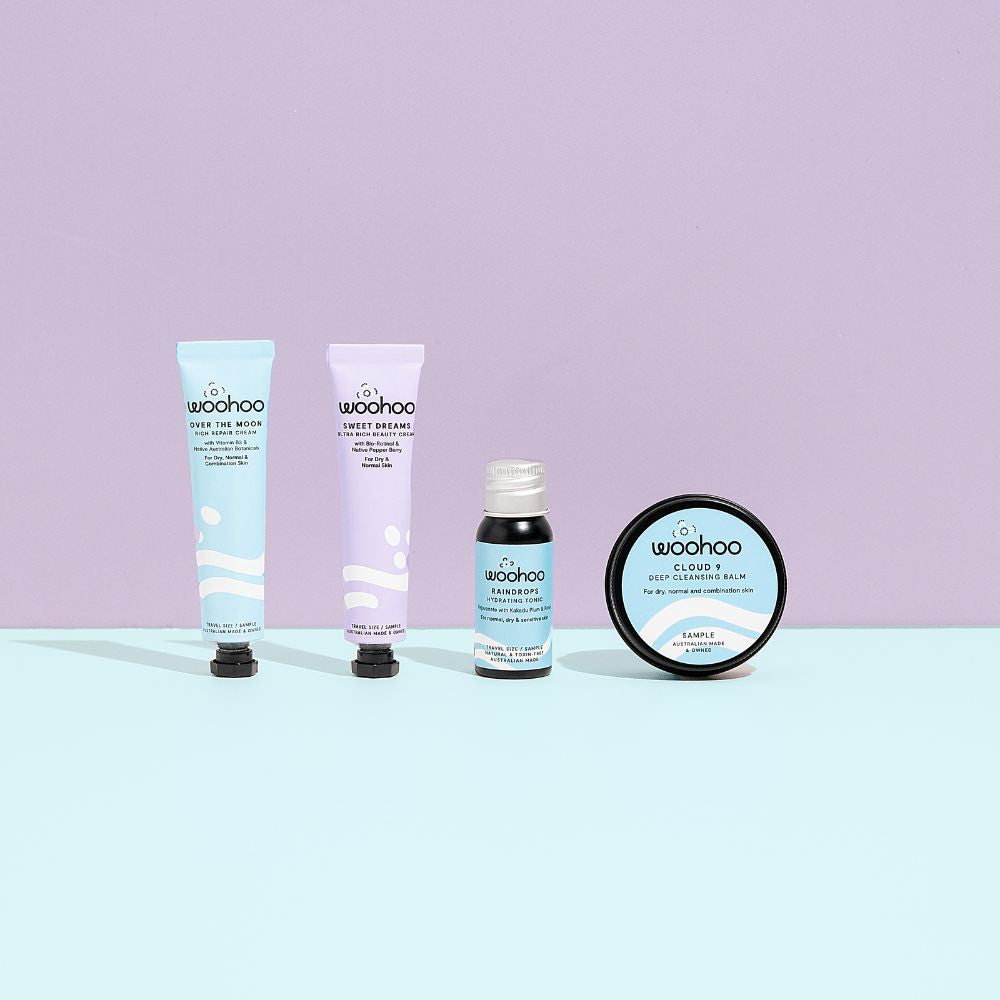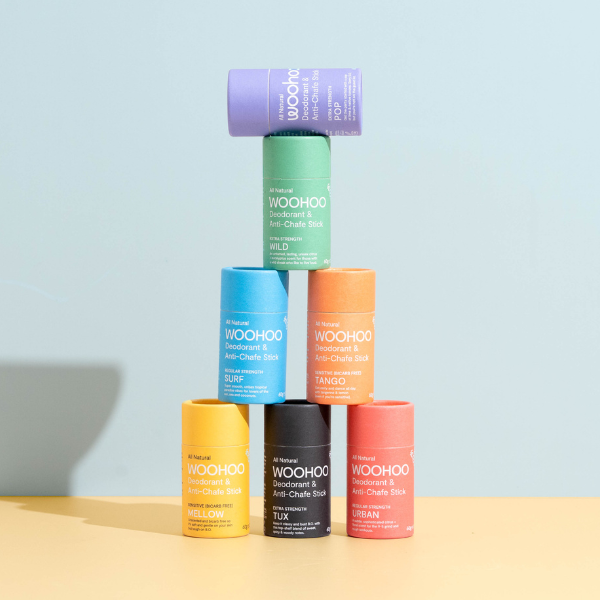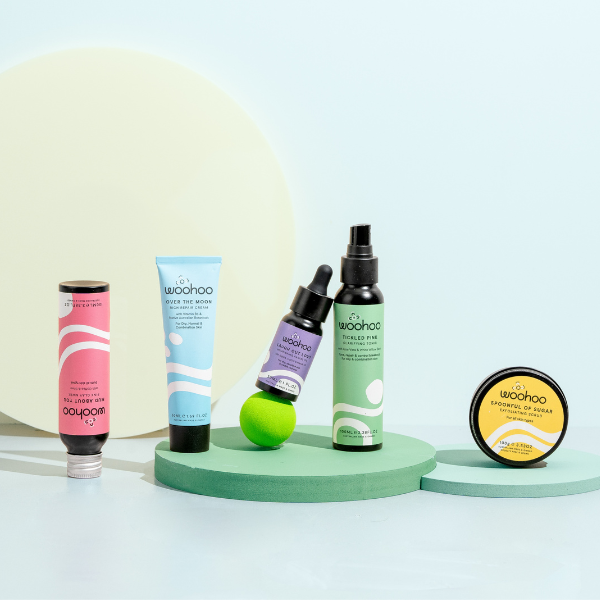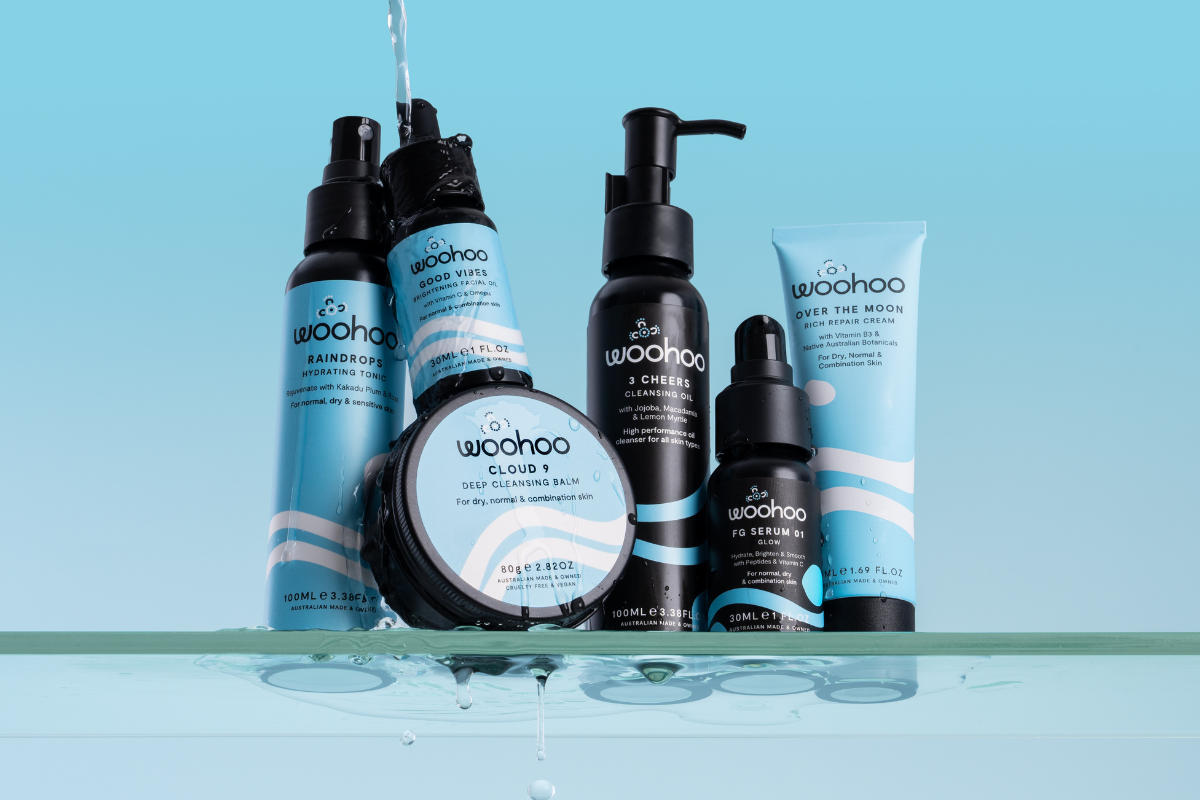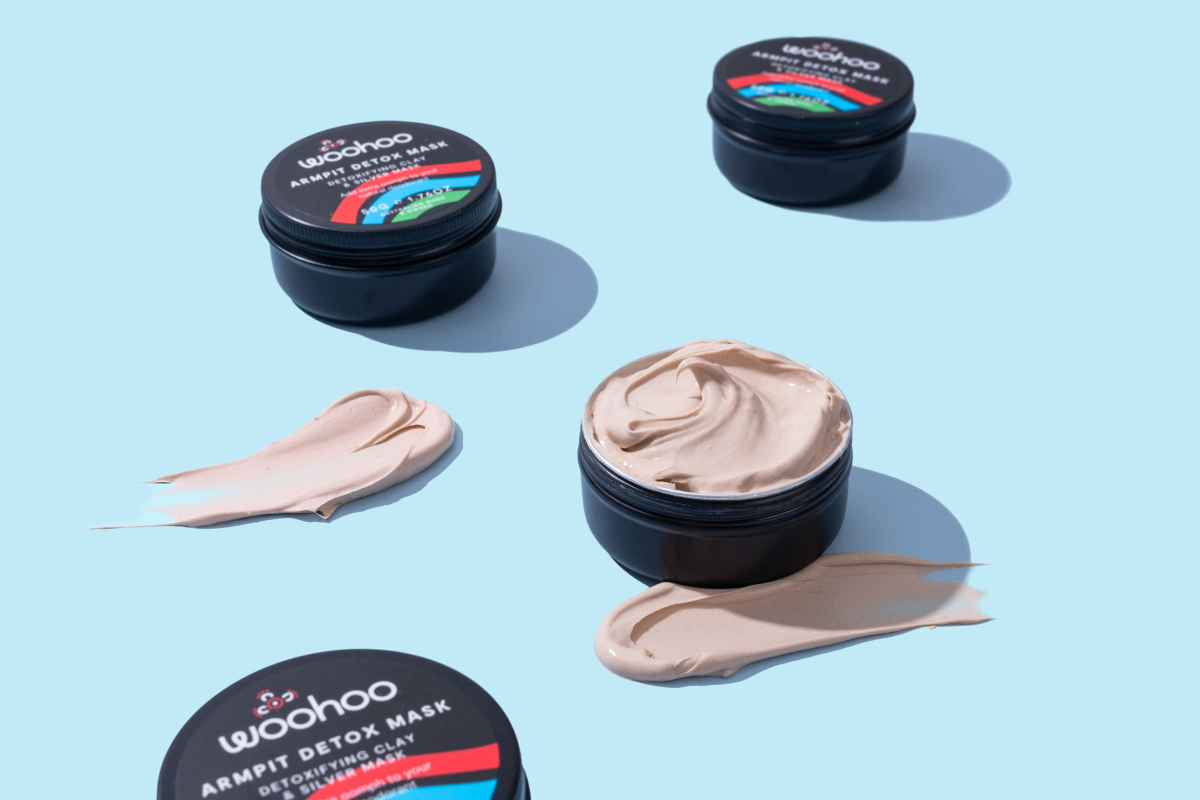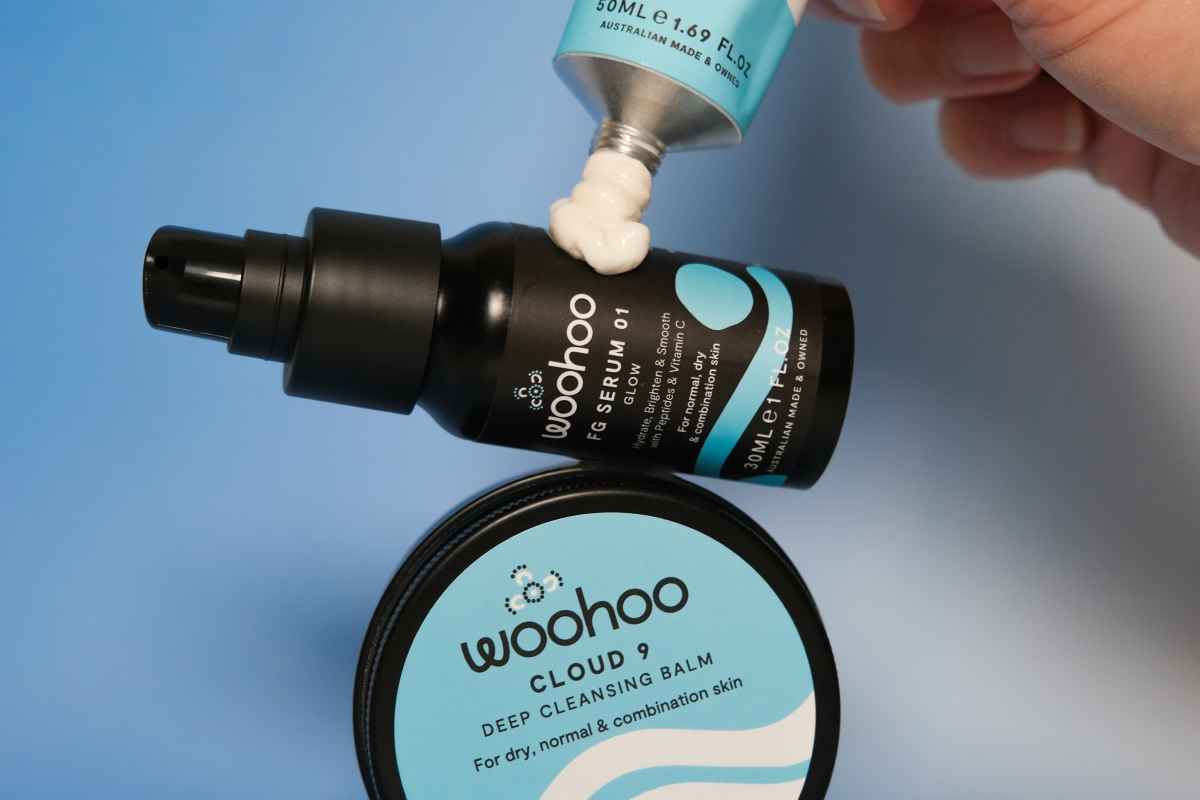We’ve been feeling so lucky with the amazing autumn weather we’ve had this year. It has had just the right amount of sun and warmth to enjoy the outdoors without feeling like you’re getting cooked!
But even with the mild autumn weather your skin isn’t fooled.
Up in the Northern Territory (we did a stint as Darwin-ites what feels like a lifetime ago) the dragonflies, cooler air and drop in humidity signals the dry season. For us in the southern states it means the dry skin season. And that usually means a bunch of skin issues that go hand in hand with dry skin.
One of the most common is rosacea, which can get worse in winter. Rosacea is a puzzling condition because no one is really 100% sure what causes it. Rosacea can affect any one at any time but it’s most common in women over 30.
From person to person rosacea can look quite different – it all depends on the type of rosacea you have. Often it will look like you’re blushing (constantly)!
If you’ve ever experienced flushing red skin, persistent redness, bumps and pimples, eye irritation, or visible blood vessels then you could have rosacea. Some of the other common signs of rosacea are thickened skin, swelling, burning, itching and stinging sensations, and dry skin. It can even sometimes be confused with acne or eczema.
There are 4 different types of rosacea (you can see each one in the picture below).
- Erythematotelangiectatic Rosacea – Persistent redness and visible blood vessels
- Papulopustular Rosacea – Same as above but with tiny acne-like bumps
- Phymatous Rosacea – Same as above but with thickened skin causing an enlargement of the nose
- Ocular Rosacea – Same as above with eye irritations such as dry eye, tearing and burning

According to skin experts, even though we don’t really know the cause of rosacea, we DO know the 5 most common triggers.
1. Dermodex mites
These are little mites that live on your skin. They carry bacteria that can trigger an inflammation and cause rosacea.
2. Blood vessel abnormalities
What causes the abnormalities is unknown but the constant inflamed and swollen blood vessels can lead to rosacea.
3. Small Intestinal Bacterial Overgrowth (SIBO)
It has been found that rosacea sufferers have more bacteria in their small intestine. A lot of bacteria in the small intestine is a sign of an unhealthy digestive system.
4. Leaky Gut Syndrome (LGS)
LGS is another medical mystery that is said to have symptoms including bloating, gas, and food sensitivities. The leakage of substances into your blood stream can cause an overactive response from your immune system which causes internal inflammation. Rosacea is thought to be a condition caused by the internal inflammation.
5. Helicobacter Pylori
This is a type pf bacteria that causes stomach ulcers. It also causes other internal inflammation conditions which can show up as rosacea.
So what about skin care for rosacea?
As you can see, rosacea is a complex condition and 3 of the 5 triggers are linked to a healthy digestive system.
This means that skincare products aren’t the silver bullet for getting rid of your rosacea. But using the right skincare plays a huge role in managing your rosacea and preventing more flare-ups.
For example, 41% of rosacea sufferers said that some skincare products aggravated their rosacea. So using the wrong products is something you definitely want to avoid (Source: National Rosacea Society (USA) survey of rosacea sufferers).
Here are our 5 tips for taking care of rosacea prone skin
1. Avoid common rosacea aggravating ingredients
Alcohol, witch hazel, menthol, peppermint, fragrance or parfum, and eucalyptus oil have all been reported to flare up rosacea.
2. Fragrance free
Artificial fragrances (like all the top perfumes so many of us wear) are the number one cause of allergic contact dermatitis. If you do love a fragrance, essential oils are a better choice but can still trigger rosacea flare-ups. Always patch test any new products on a small area of your skin even if they’re fragrance free.
3. Keep it minimal
Keep the number of different products to the bare essentials. Try and keep your daily routine to a 3 Step cleanse + tone + moisturise. The more products you use, the more ingredients you’re exposing yourself to, and the more chance of a flare up.
When it comes to the Woohoo Skincare range, the best choices for you will be the products for sensitive skin because they have been made with you in mind. Especially the Raindrops on Roses Hydrating Tonic since lots of toners can be too harsh and will aggravate rosacea.
4. Avoid strong cleansers
Cleansing gently is the first step in helping your skin. Choose a cleanser that is gentle and has a very low impact on your acid mantle. The Cloud 9 Deep Cleansing Balm is a great option and we are experimenting with natural micellar water formulas so stay tuned!
We have heard some wonderful results from ladies with rosacea who seeing improvements after using Konjac sponges when cleansing (the French Red Clay version).
5. Moisturise
According to dermatologists, moisturising is the best way to help prevent the burning, stinging, itching and irritation that can occur with rosacea. Giving your skin a strong moisture barrier will help keep the irritants and impurities from knocking down the door and causing a fuss.
We can’t go past our favourite facial oil, the Laugh Out Loud Active Jojoba Oil.
But if you’re a cream person the Over The Moon Rich Repair Cream is a fantastic choice. It contains Vitamin B3 which is arguably the best ingredient for a strong and healthy skin barrier.
For something a bit different, 100% pure wild harvested Dilo Oil is a great choice. The name of the game when it comes to rosacea skin care is to reduce inflammation, so choosing a moisturiser that has powerful anti-inflammatory properties is a bit of a no-brainer.
Dilo Oil fits this description to a T with its natural anti-inflammatory and skin regenerating properties. We’ve got both Dilo Oil and Tamanu Oil which technically are the same thing, but the Fijian Dilo oil has been shown to be more potent than Tamanu oils from other regions. It can really help manage rosacea for some.
If you think you may be experiencing one of the 5 triggers we recommend you book in a visit to see trusted health professional. There are so many triggers just in foods which you might be sensitive or intolerant too that the guidance of an expert is essential.
But of course you’re welcome to drop us an email if you have any questions too! 

